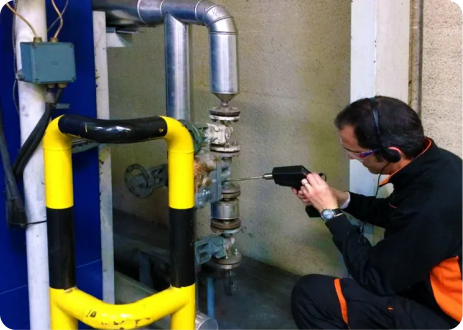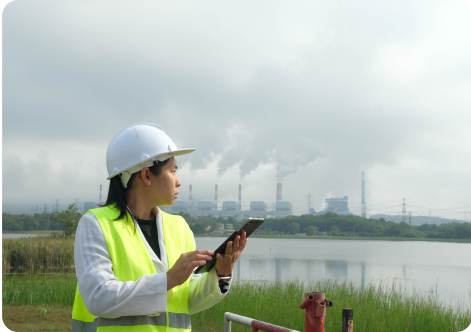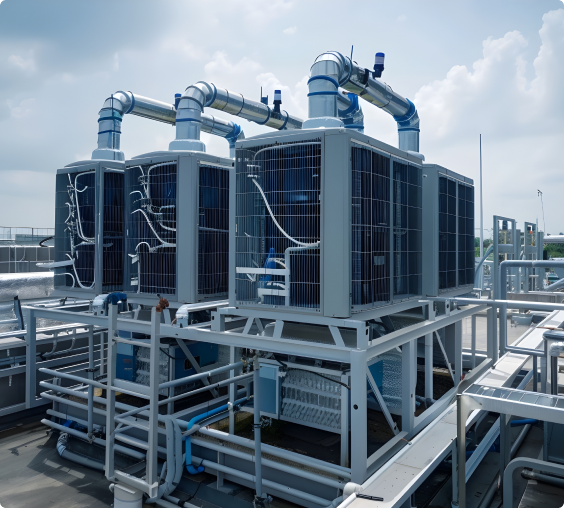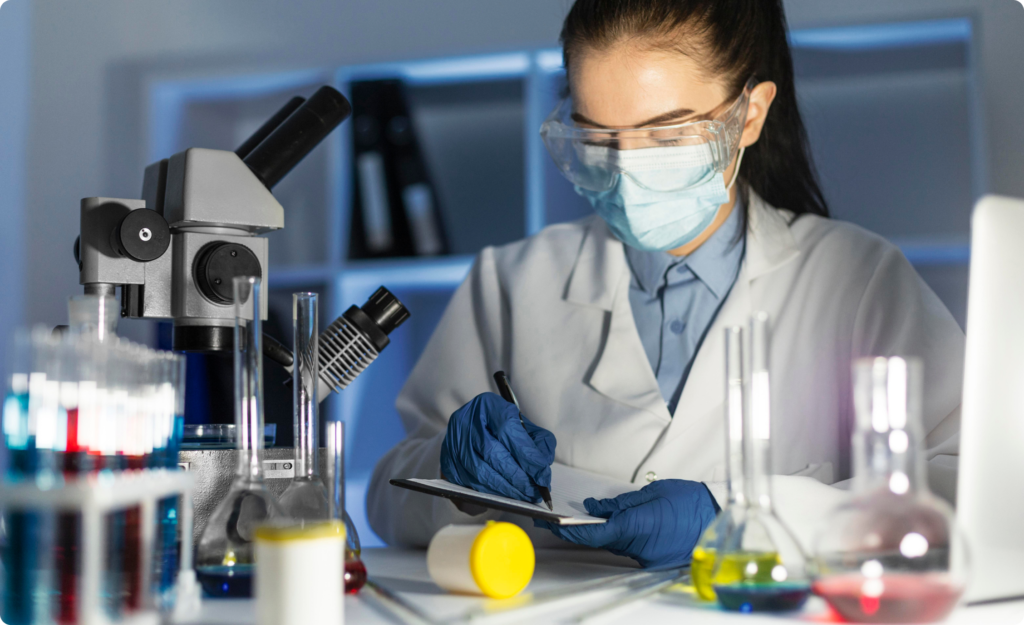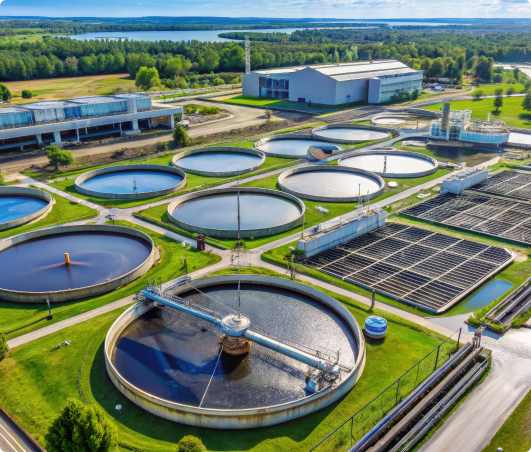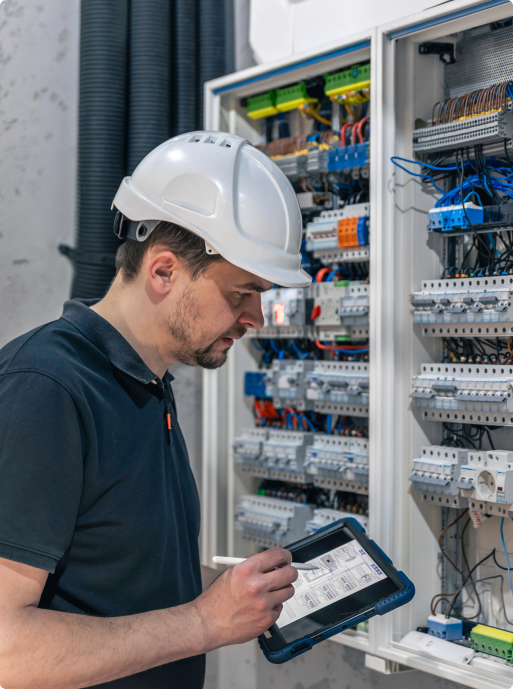Engineering Division at FARE Labs Pvt. Ltd.
FARE Labs Pvt. Ltd. is proud to present its Engineering Division, a dynamic center of innovation and expertise dedicated to providing state-of-the-art solutions across various engineering disciplines. Led by our founders, who bring a wealth of experience and knowledge from their engineering backgrounds, this division is committed to integrating advanced technology with industry best practices.
Our founders have a rich history in the engineering sector, with extensive experience in planning and executing diverse projects, particularly in sourcing, installation and commissioning. They have successfully completed numerous technology-driven plants, leveraging cutting-edge methodologies to create cost-effective solutions that address complex engineering challenges. Their deep understanding of the industry not only enhances our service offerings but also establishes a strong foundation of trust and confidence among our clients.
Our Services
Our Engineering Division can assist you in a wide range of activities across all the sectors, specializing in the following:
New installation, Servicing and Maintenance of the Utilities
Efficiency Audits
We cover the following areas for efficiency audits
Project Turnkey Solutions
FARE Labs excels in providing project solutions in many categories such as:
Trust FARE Labs for all your Engineering Solutions
- Client-Centric Approach: Our focus on building long-term relationships with clients drives us to deliver exceptional service and results.
- Comprehensive Support: From initial consultation to project completion, we provide end-to-end support, ensuring seamless execution and communication.
- Innovation-Driven: We are committed to staying at the forefront of engineering advancements, continuously improving our methodologies and services.














